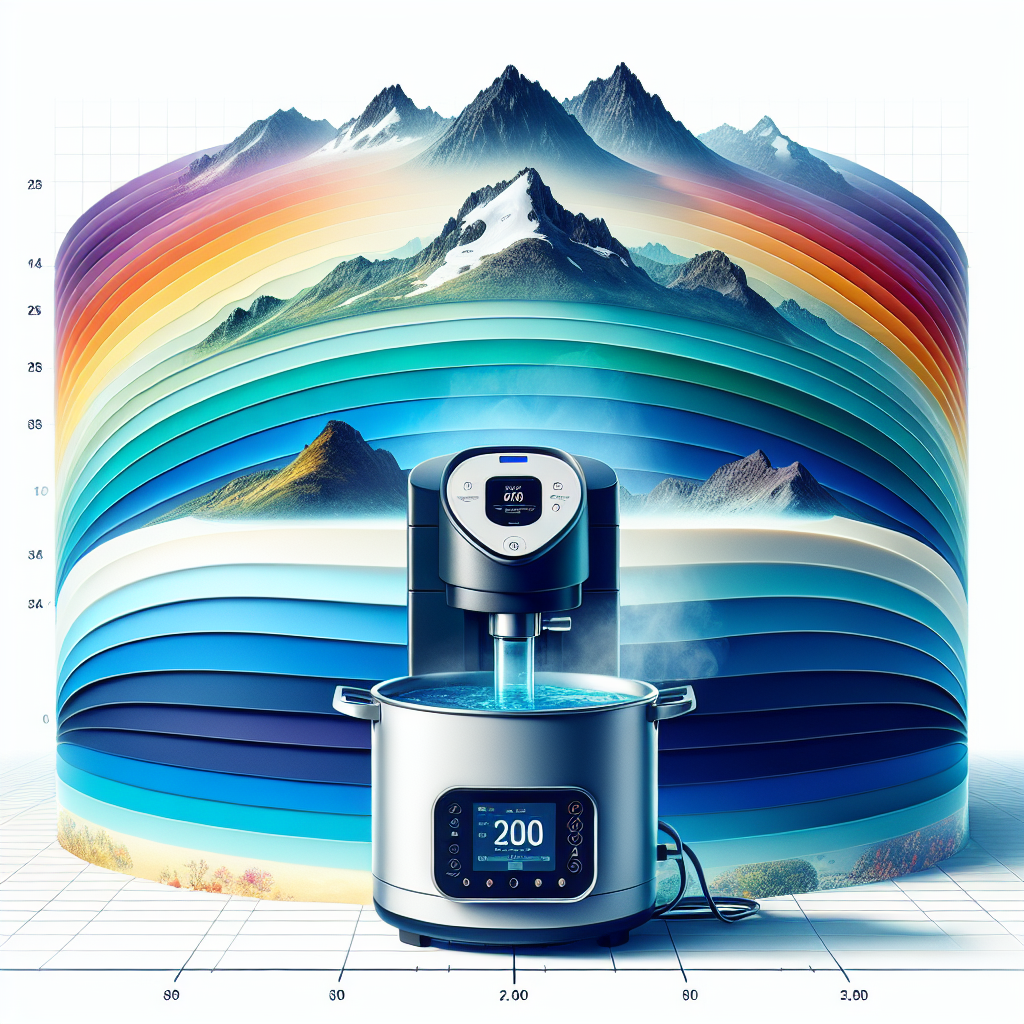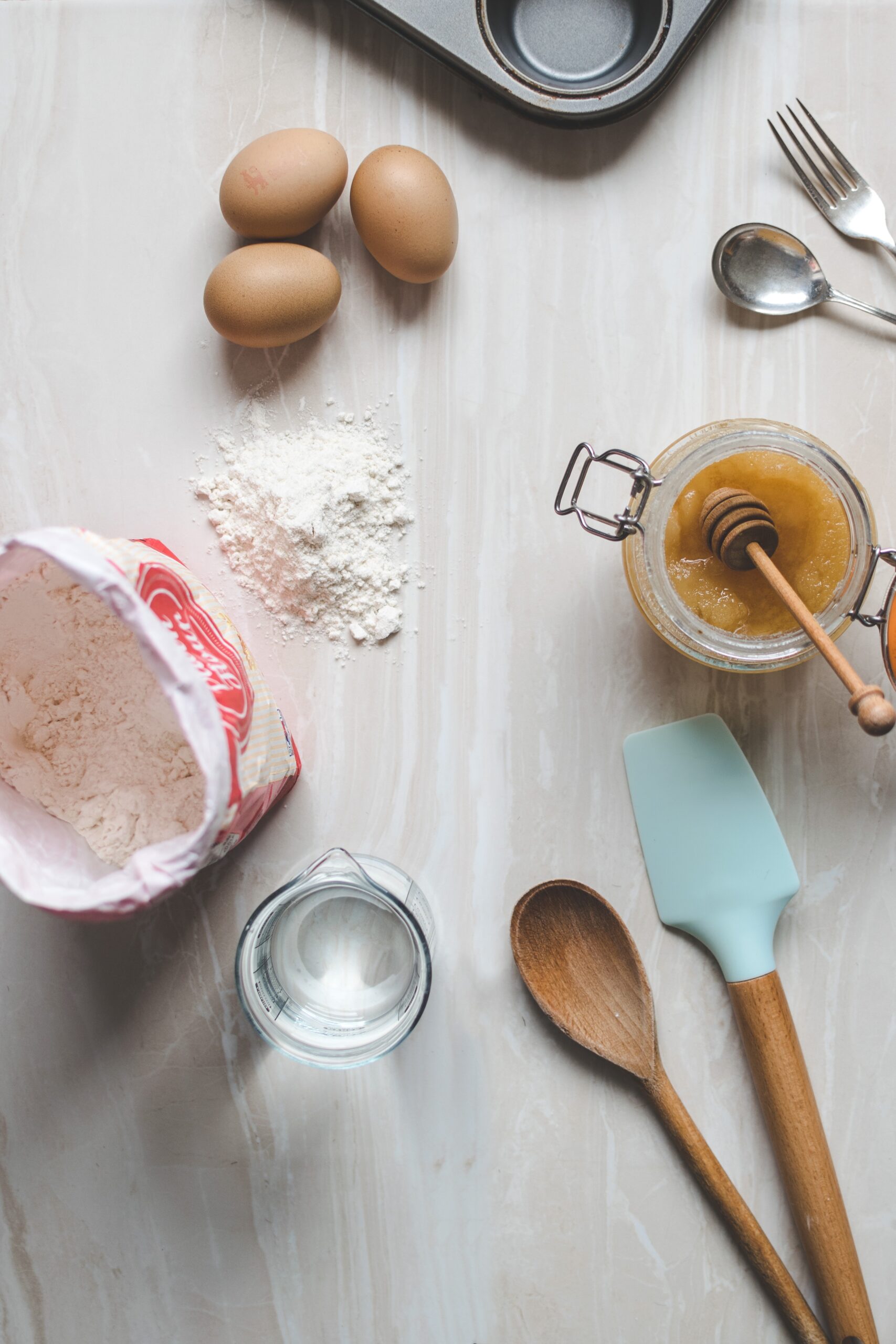
Have you ever wondered how altitude can impact the cooking times when using the sous vide technique? Cooking sous vide involves sealing food in a vacuum-sealed bag and immersing it in a water bath at a precisely controlled temperature. It’s a method loved by many for its ability to cook food to perfection, but did you know that the altitude at which you cook can actually affect the cooking time? In this article, we will explore the relationship between altitude and sous vide cooking times, and how you can make adjustments to ensure your meals turn out just right, no matter where you are.

Factors Affecting Sous Vide Cooking Times
Sous vide cooking is a popular and precise cooking method that relies on precise temperatures and cooking times to achieve perfect results. However, there are several factors that can affect the cooking times when using this technique. These factors include water boiling point, air pressure, heat transfer, and collagen breakdown. In this article, we will explore how altitude impacts these factors and discuss the effects of higher altitude on sous vide cooking.
Water Boiling Point
One of the primary factors affected by altitude is the boiling point of water. As you increase in altitude, the atmospheric pressure decreases, which in turn lowers the boiling point of water. This means that at higher altitudes, water will boil at a lower temperature than at sea level. For every 500 feet increase in altitude, the boiling point of water decreases by approximately 1 degree Fahrenheit. This decrease in boiling point can have a significant impact on the cooking times when using sous vide.
Air Pressure
Altitude also affects the air pressure, which can indirectly impact the sous vide cooking process. As the altitude increases, the air pressure decreases, which affects the heat transfer within the cooking environment. Lower air pressure affects the efficiency of heat transfer, meaning that it takes longer for the heat to reach and penetrate the food being cooked. This can result in longer cooking times when using sous vide at higher altitudes.
Heat Transfer
Heat transfer is a critical factor in the sous vide cooking process. At higher altitudes, the reduced air pressure can affect the efficiency of heat transfer. The lower air pressure means that there is less air available to conduct heat, which can slow down the rate at which heat is transferred to the food. This slower heat transfer can result in longer cooking times when using sous vide at higher altitudes.
Collagen Breakdown
Collagen breakdown is another factor that can be influenced by altitude. Collagen is a protein found in meat that breaks down and becomes tender during the cooking process. At higher altitudes, where the boiling point is lower and cooking times are longer, the collagen in meat may not break down as efficiently as it would at sea level. This can result in tougher and less tender meat when sous vide cooking at higher altitudes.
Impact of Altitude on Sous Vide Cooking Times
Now that we have explored the factors affecting sous vide cooking times at various altitudes, let’s delve into the specific impacts of higher altitude on this cooking technique.
Extended Cooking Times
One of the most notable effects of higher altitudes on sous vide cooking is the need for extended cooking times. Due to the lower boiling point and reduced heat transfer, it takes longer for the food to reach the desired temperature and cook evenly. Sous vide recipes designed for sea level may not yield the same results at higher altitudes, requiring adjustments in cooking times to ensure proper doneness.
Reduced Boiling Point
As mentioned earlier, the boiling point of water decreases at higher altitudes. This reduction in boiling point can have a significant impact on sous vide cooking. Recipes that rely on specific temperature ranges for achieving desired textures or results may need to be adjusted to account for the lower boiling point. This adjustment ensures that the food is cooked at the appropriate temperature and avoids any potential undercooking or overcooking.
Increased Evaporation
Another effect of higher altitudes on sous vide cooking is increased evaporation. With lower air pressure, water evaporates more quickly, resulting in a higher rate of water loss from the cooking vessel. This increased evaporation can lead to a loss of water volume during the cooking process, potentially affecting the cooking times and the consistency of the final dish. It is essential to monitor the water level carefully and make adjustments as needed to compensate for the increased evaporation.
Potential Dryness
Lastly, cooking at higher altitudes can result in potential dryness of the food. The longer cooking times and increased evaporation can lead to moisture loss from the food being cooked. This can be especially noticeable in lean cuts of meat or delicate foods that require precise moisture retention for optimal texture. To prevent dryness, it is crucial to monitor the cooking process closely and consider using marinades or sauces to enhance moisture levels in the final dish.

Compensating for Altitude Differences
Now that we understand the effects of higher altitude on sous vide cooking, it is essential to discuss how to compensate for these differences to achieve the best possible results.
Adjusting Cooking Times
The most straightforward way to compensate for altitude differences in sous vide cooking is to adjust the cooking times. Since higher altitudes require longer cooking times, it is important to increase the cooking duration to ensure that the food reaches the desired doneness. As a general rule of thumb, adding an additional 5-10% of cooking time for every 1,000 feet of altitude above sea level can help account for the slower heat transfer and lower boiling point.
Monitoring Food Temperature
To ensure accurate results when cooking at higher altitudes, it is crucial to monitor the food’s internal temperature using a reliable sous vide thermometer or a thermometer probe. This allows you to determine precisely when the food has reached the desired doneness and avoid over or undercooking. Regularly checking the temperature will help you make any necessary adjustments to cooking times and ensure that the food is cooked to perfection.
Modifying Recipes
When cooking at higher altitudes, it may also be necessary to modify recipes to account for the specific challenges posed by altitude. This can include adjusting seasoning, marinades, or adding additional moisture to counteract potential dryness. Experimenting with recipes and techniques that have been successful at high altitudes or seeking guidance from experienced sous vide cooks can provide valuable insights and help you achieve the best results possible.
In conclusion, altitude has a significant impact on sous vide cooking times. Factors such as water boiling point, air pressure, heat transfer, and collagen breakdown are all influenced by altitude, resulting in the need for extended cooking times, modifications to recipes, and careful monitoring of food temperature. By understanding these effects and compensating for altitude differences, you can continue to enjoy the precision and delicious results that sous vide cooking offers, no matter where you are cooking.



